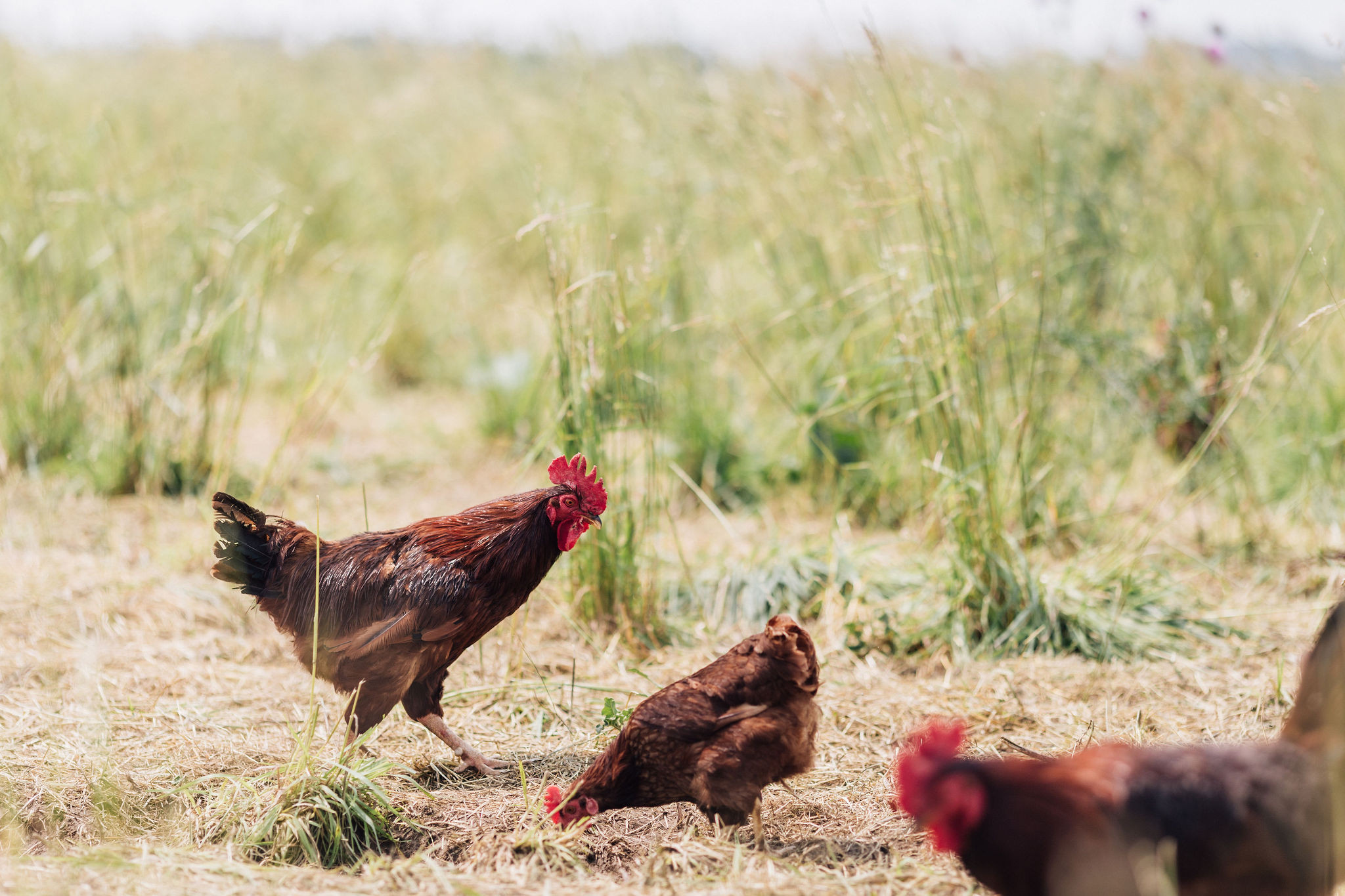Local and Seasonal Eating for Cows and Humans
posted on
October 26, 2017
Days are getting shorter, the weather is (supposed to be) getting cooler. Believe it or not daylight savings is next Sunday, November 5. And, the cows are loving this weather.
Cows produce the most in the spring and the fall, when the weather is cool and the grass is growing. Right now, the cows are eating fresh alfalfa grass, which is an awesomely nutritious food source for our (mostly) heritage breed cows. However, starting in late November, the farmer extends the fresh grass season by growing quick crops of oat grass. This means that our cows can continue eating fresh grass through December and sometimes into January.
Just like our cows, I tend to eat locally and seasonally. This means that my diet changes in the fall, too. I feed my family apples, pears, or dried fruit. Vegetables change to cool season plants like broccoli, spinach, and potatoes and winter squash and root vegetables of all sorts. Meat goes into the oven or slow cooker, with plenty of tender melt-in-your-mouth stews all winter.
I am a simple home cook. I like to let the ingredients speak for themselves. One of my family’s favorite fall dishes is a good pot roast. I like to use a nice grass fed & finished chuck roast, a more affordable cut of meat (our farm sells it for $9.95 per pound). A chuck roast is from the heavily exercised shoulder of a cow, making it typically a tougher cut of meat. Thus, a chuck roast is a great candidate for slow cooking at low temperatures. Cooking low and slow breaks down the connective tissues in the meat, liquefying the collagen and making it so tender it will melt on your tongue.
To make a pot roast, I use a Dutch oven or a slow cooker, depending on my mood. I can start it in the morning and dinner is magically ready at the busiest time of our day – after school. Here’s how I do it. First, I generously salt and pepper a chuck roast (if I have time, I will sear all sides to add some complex flavors to the dish). Then, I chop big pieces of onions, carrots, turnips, celeriac, and any other root veggies I have around. I place half of the veggies at the bottom of the pot with a bay leaf and a few sprigs of rosemary or thyme. I place the roast on top and cover with the rest of the veggies. Then, I pour about 2-3 cups of bone broth on top. I cook it at 225 F for 8 hours. Remove from the oven and serve with dumplings or a hearty piece of sourdough bread.




